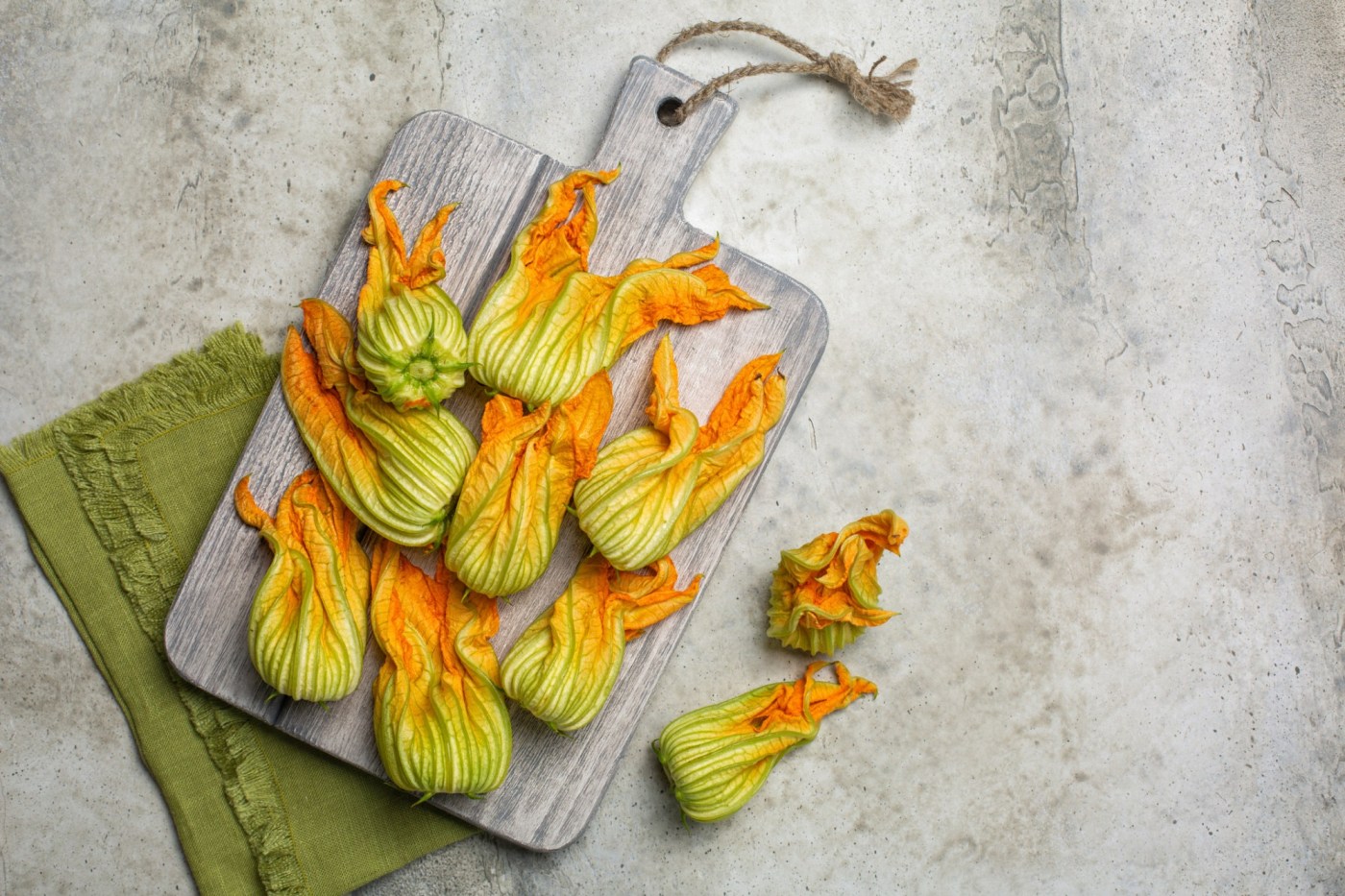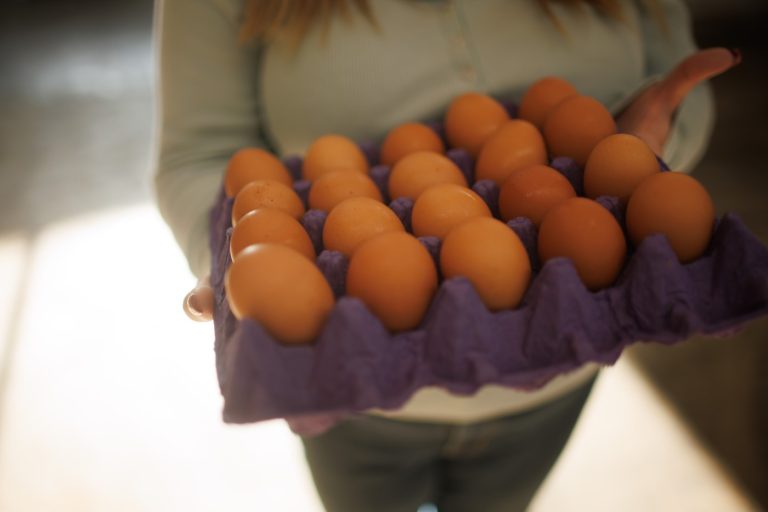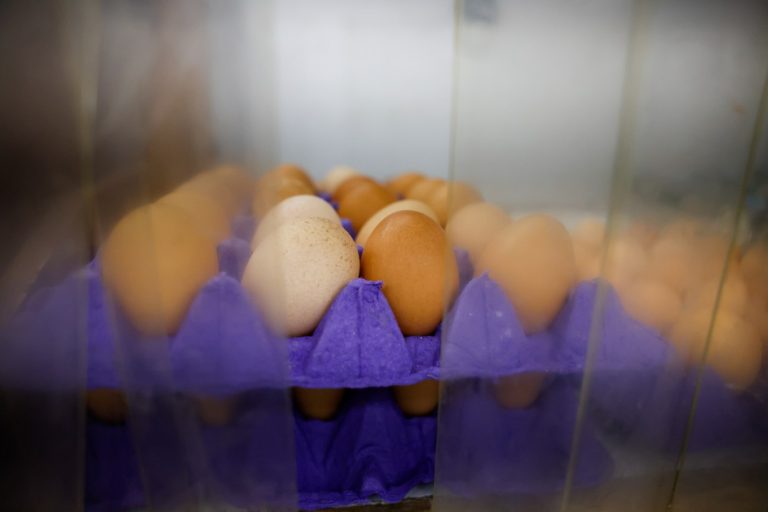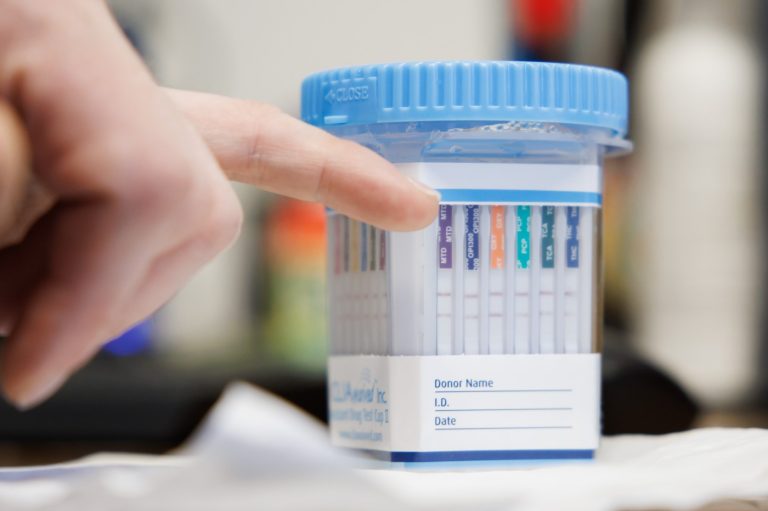Q. I would like to grow and use edible flowers. What advice can you give?
Most edible flowers can be used fresh as a garnish for finger sandwiches, pastries, cakes, or other desserts. Squash flowers, which are edible, can be stuffed with ricotta cheese and fried for a savory treat.
Some of the most popular edible flowers include sweet violet, lavender, borage, pansy, calendula, rose, hibiscus, feijoa, chamomile, basil, and thyme. For use as a fresh garnish, pick in the morning on the day you are going to use them, rinse gently in cool water and allow to air dry most of the way. Place on a damp paper towel and keep in the refrigerator until right before using.
Most fresh flowers and herbs can be candied as well. Candied flowers and herbs (such as mint leaves) will last longer than fresh and will have an attractive sparkly appearance. Simply dip the washed flowers (or leaves) in egg white and roll in superfine granulated sugar (often sold as “bakers’ sugar”). Superfine sugar can also be made by whirring regular granulated sugar in a food processor for about 30 seconds. Place on a parchment-lined plate and allow to air-dry. They will still be very delicate but shouldn’t wilt as quickly as fresh flowers.
Related Articles
Here’s a great new tool to help protect butterflies in your area
How to make your garden more attractive for hummingbirds
Edible flowers such as violet and lavender can be used to make flavored sugars. Add a tablespoon of crushed dried flowers to a cup of granulated sugar and mix in the food processor for 30 seconds. The flowers should be completely dry since any moisture will cause the sugar to clump. Flavored sugars are wonderful to sprinkle on delicate desserts such as sugar cookies, or they can be stirred into iced tea. I’ve also made vanilla sugar by recycling spent vanilla pods.
Savory herbs can be used to make flavored salts as well. I like to fill a mason jar with kosher salt and place a sprig of rosemary, thyme, sage, or basil into the salt. Cover with a lid and store in a cool, dark cabinet for a month or two, occasionally taking it out to shake it. The herbs will dry out and disintegrate (except for rosemary). Remove any woody stems and larger pieces and use instead of regular salt on any savory food.
Flavored salts and sugars can make wonderful gifts, especially if presented in an attractive jar.
Q. I am interested in learning about canning my own food. I know it’s important to use recipes from safe, reliable sources to avoid making me and my family sick. Unfortunately, when I look online for recipes, I’m having trouble finding which sites are safe and which to avoid.
You are right to be wary of random online canning and food preservation sites. As a general rule, any cooperative extension sites (those run by master food preservers) will be safe. I can also recommend websites run by Ball, Kerr, or Bernardin (the companies that manufacture canning jars), as well as the National Center for Home Food Preservation.












